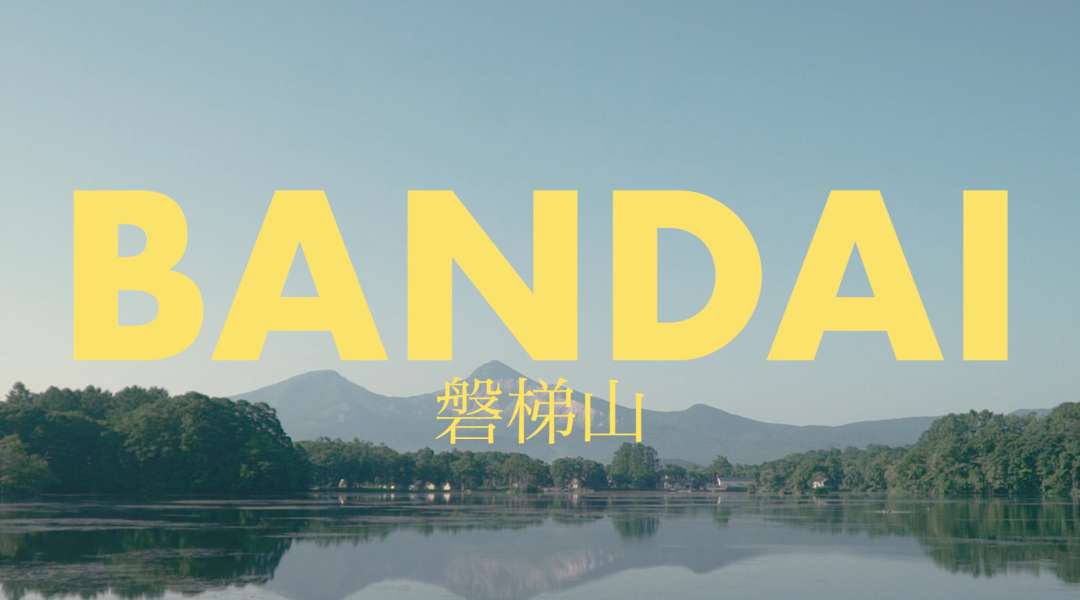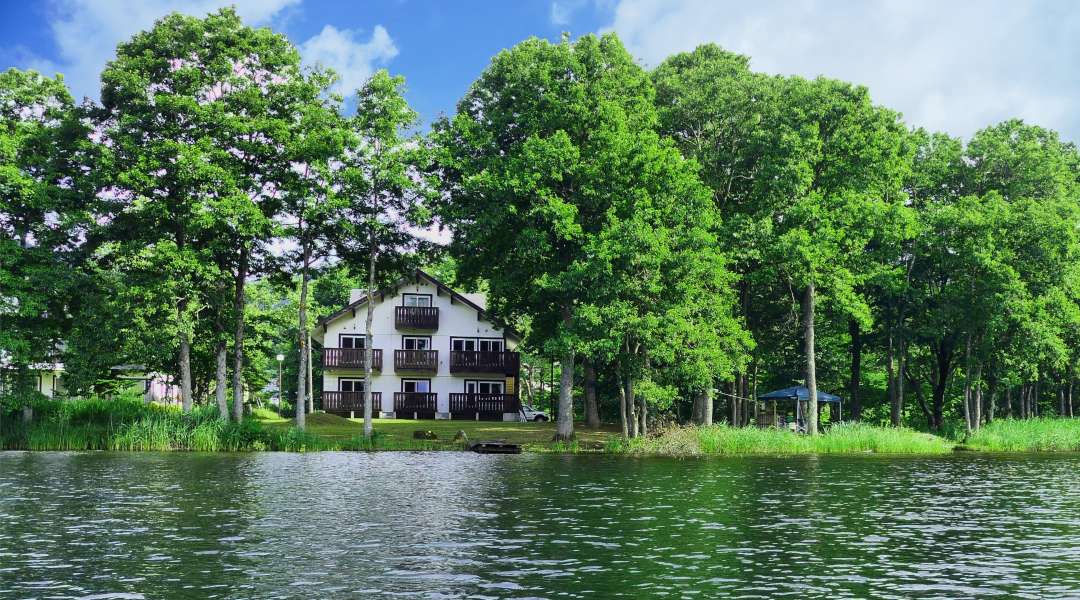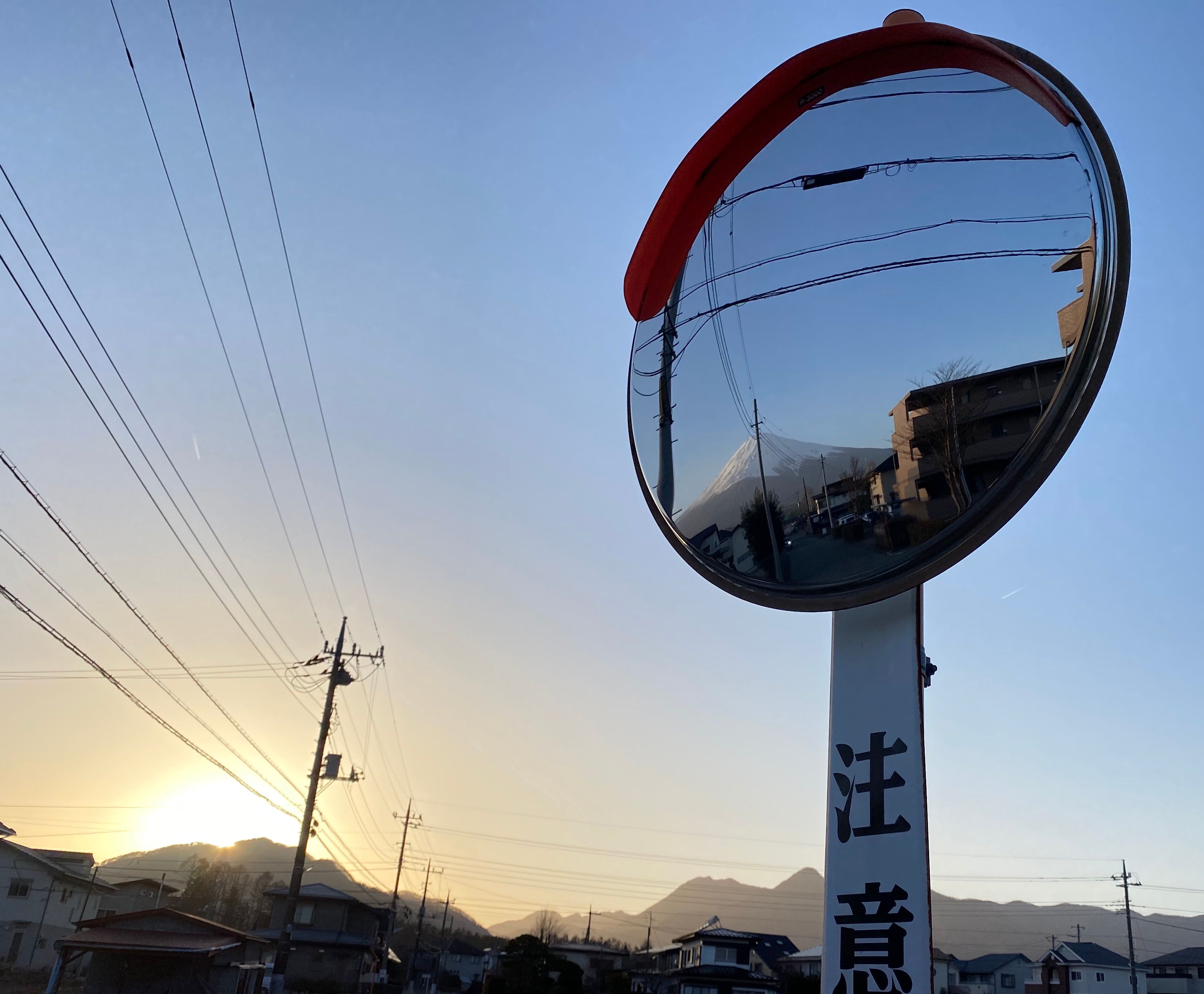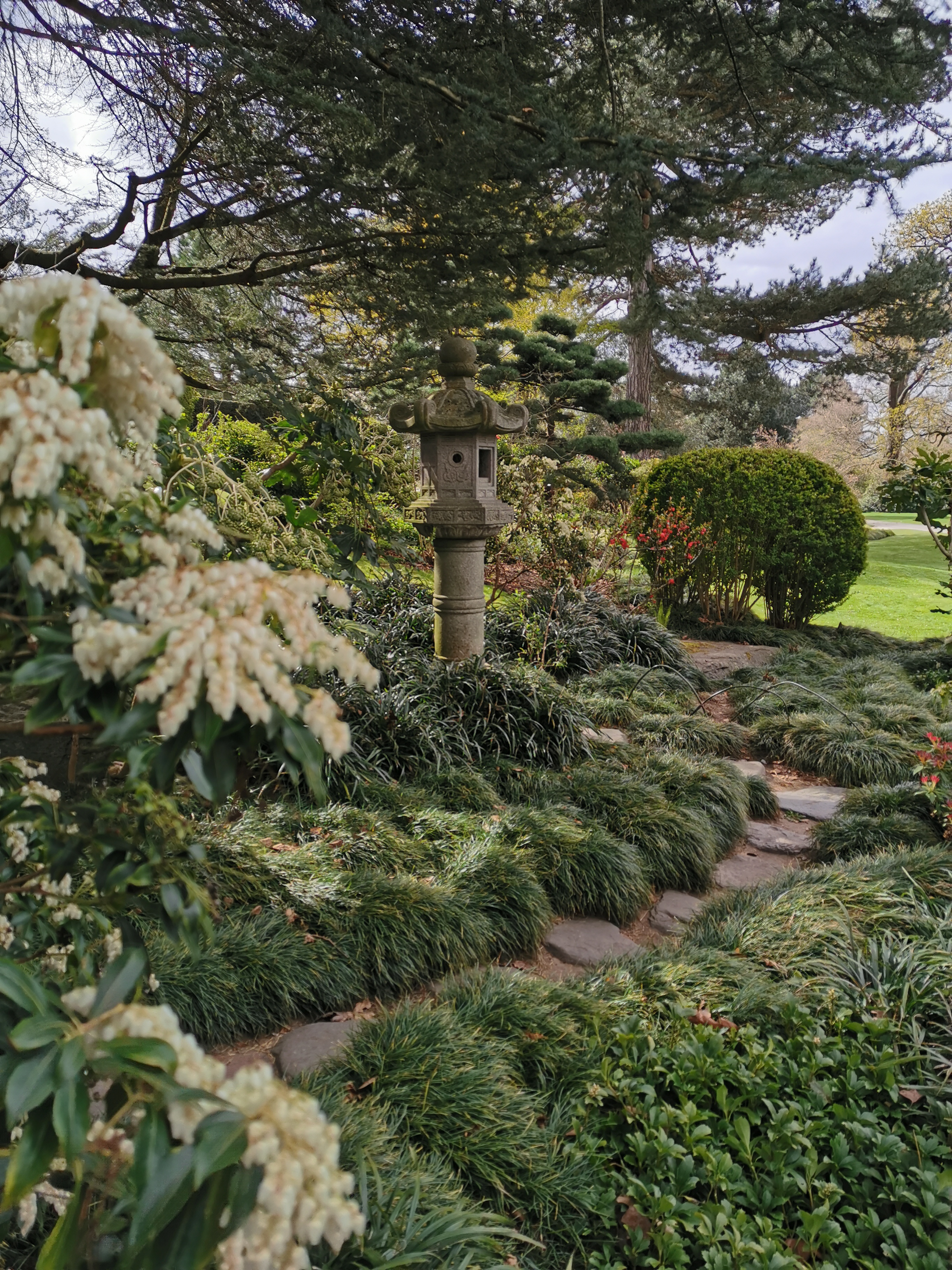
Earlier this month JNTO invited Team GB diving sensation and Olympian Tom Daley on an adventure around Japan's beautiful Tohoku region to see, do and taste all that it has to offer! Tohoku bore the brunt of the devastating 2011 Great East Japan Earthquake and has been at the centre of recovery and revitalisation efforts in the run up to Rugby World Cup 2019 and the Tokyo 2020 Olympic and Paralympic Games.
A new day often begins with a hearty breakfast, but day two of Tom's tour of Tohoku meanwhile started with a trip to the Eisen Brewery in the Bandai region of Fukushima Prefecture. Fukushima is renowned both domestically and internationally for its delicious sake and the Eisen Brewery is just one of the many breweries which has been producing top-quality sake for over 140 years using locally sourced natural spring water. Visitors to the brewery can learn all about how the sake is brewed and even sample some different varieties! Eisen Brewery is located just off the Bandai-san Gold Line sightseeing road so you'll have no problem catching a taxi from nearby Bandaimachi Station should you want to indulge in a drink or two.

With its hundreds of beautiful lakes nestled amongst colourful seasonal foliage and rocky mountains, the Bandai region is much like our own Lake District. The Bandai-Azuma Lake Line is an 8 mile-long scenic road that offers panoramic views of a number of pretty lakes, including Lake Akimoto, Lake Onogawa, and Lake Hibara. Formed following the 1888 eruption of Mt Bandai, Lake Hibara is one of the most popular spots in the Bandai region on account of its size, surrounding scenery and abundance of water activities: take to the water in a pedalo, board a sightseeing boat or when the lake freezes over in the winter, make for one of the colourful tents for some ice fishing!
Now that you've relaxed a little at Lake Hibara, it's time to stretch your legs with a river trek (or snowshoe trek in winter) by the Onogawa Fudo Falls. Named after the wrathful Buddhist deity Fudo Myo-o, the falls are quite a spectacle: already incredibly powerful, the crashing water becomes even more so as snow melts in the Bandai highlands between late April and early May. Now, time for a spot of lunch! Urabandai Grandeco Tokyu Hotel serves a variety of delicious Japanese and western dishes in its four restaurants, perfect for even the fussiest eater.

Reenergised and ready to go? Next up is Goshikinuma, a cluster of five volcanic lakes formed by the aforementioned 1888 eruption of Mt Bandai. Aside from reshaping the entire landscape, the eruption imparted mineral deposits to each of the lakes, producing colours that are so spectacularly vibrant that as Tom said, look like they're filled with paint! The colours you'll see are: dark brown, cobalt blue, aqua blue, marine blue, and green, though the colours of the lakes are said to change depending on the weather and time of day, so you might just see a tint no one else has before! For a magical sweeping view of all five lakes, head for the trail between Lake Bishamon and Lake Hibara; alternatively, the Nakasenuma Walking Trail will take you on a 30 minute-long walk around Lake Rengenuma.

But hold on, we're not quite done with lakes just yet! Though it isn't of the fluorescent variety, Lake Sohara is nevertheless a worthy stop-off point on your itinerary on account of its tranquility and great views of Mt. Bandai; experience both in a kayak or rowing boat before retiring to the adjacent Bandai Lakeside Guesthouse for a good night's sleep, delicious food and 10/10 hospitality. The guesthouse has five single rooms with futon matresses, and one dormitory-style room. Shared facilities include a kitchen, bathroom and natural onsen hot spring bath.
Tom flew to Japan with Japan Airlines (JAL) and explored the Tohoku region with the help of InsideJapan Tours.

To stay up to date with all the latest happenings in Japan follow us on Facebook or Twitter.

















































